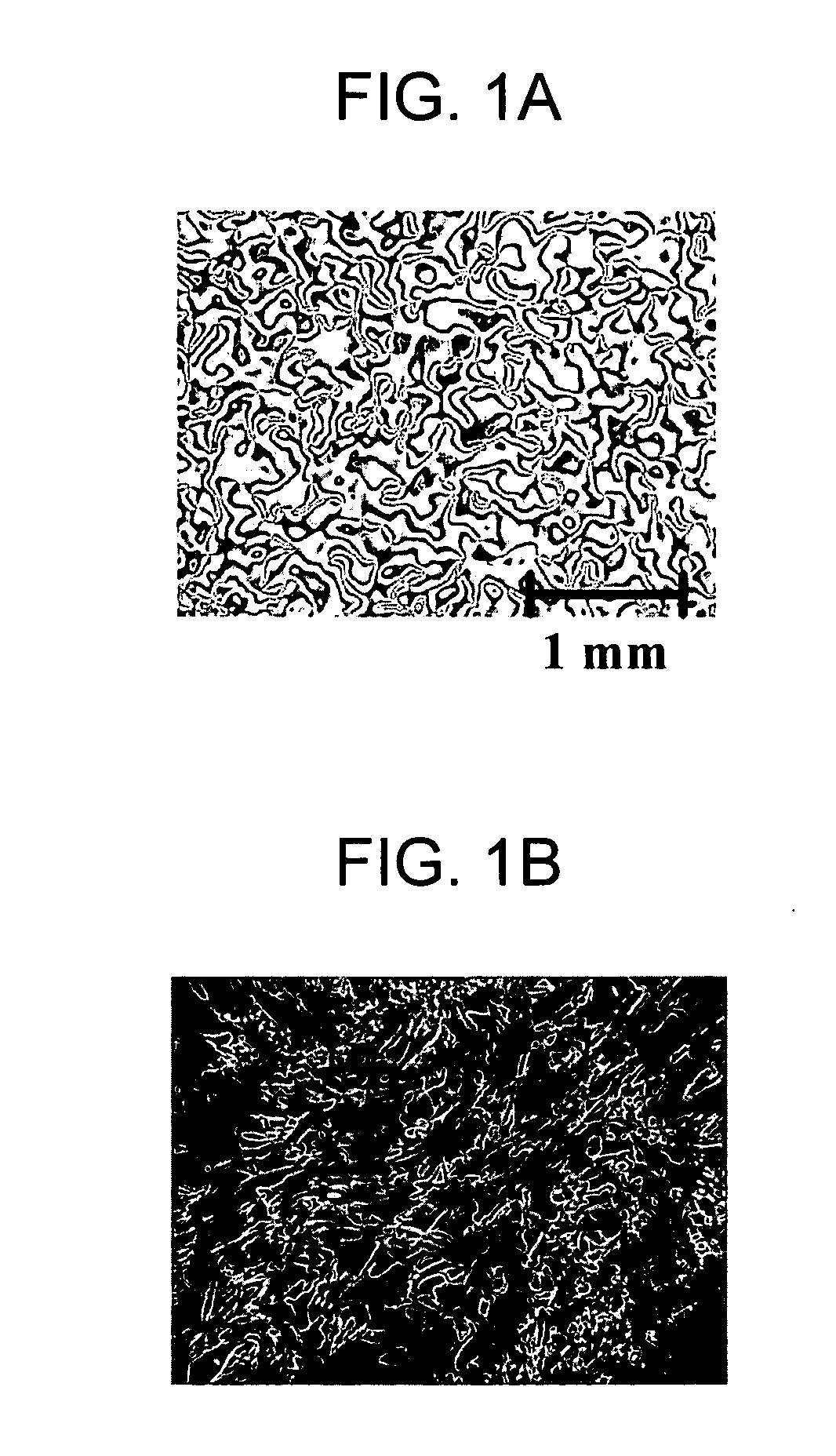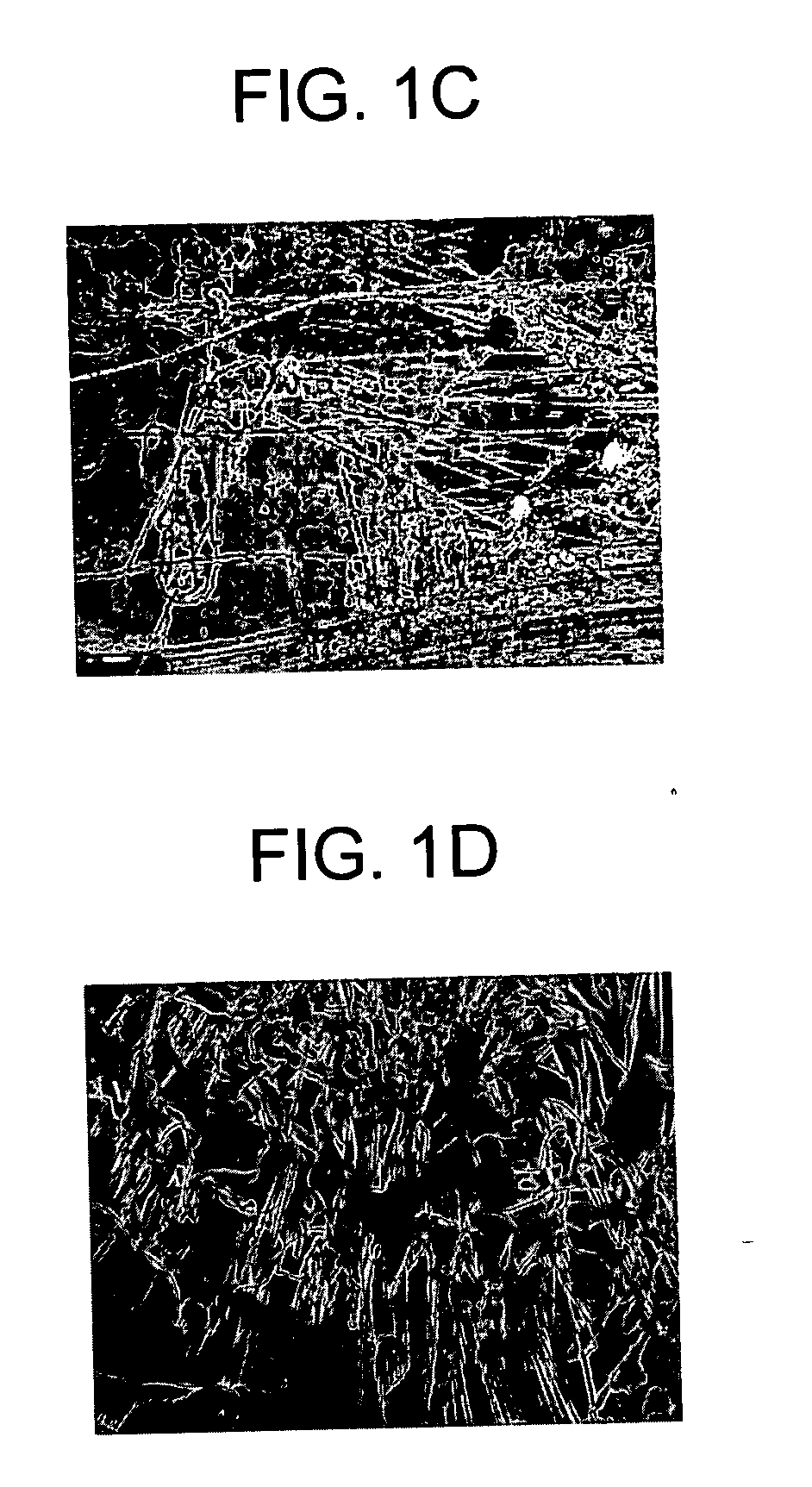Liquid crystals with reduced toxicity and applications thereof
- Summary
- Abstract
- Description
- Claims
- Application Information
AI Technical Summary
Benefits of technology
Problems solved by technology
Method used
Image
Examples
examples
Various nematic liquid crystals were screened to investigate their toxicity with respect to animal cells. Calcein AM (Molecular Probes), an intracellular esterase cleavage substrate that increases fluorescence with cleavage, was used to report cell viability using 3T3 fibroblast and SV-40 transformed human corneal epithelial (HCEC) cells which were exposed to varying concentrations of the liquid crystal. After incubation, the liquid crystal was removed, the cells were rinsed, and Calcein AM was added in PBS. The amount of fluorescence, proportional to the number of viable cells, was determined using an automated fluorescence plate reader (Cytofluor 4000). Ethidium homodimer was also used to enumerate dead cells. Significantly, the liquid crystals that exhibited reduced toxicity to cells do so even after exposure of cells to pure liquid crystal for four hours.
The following materials and methodologies were utilized in the examples discussed in greater detail below.
Materials
Fetal...
PUM
 Login to View More
Login to View More Abstract
Description
Claims
Application Information
 Login to View More
Login to View More - R&D
- Intellectual Property
- Life Sciences
- Materials
- Tech Scout
- Unparalleled Data Quality
- Higher Quality Content
- 60% Fewer Hallucinations
Browse by: Latest US Patents, China's latest patents, Technical Efficacy Thesaurus, Application Domain, Technology Topic, Popular Technical Reports.
© 2025 PatSnap. All rights reserved.Legal|Privacy policy|Modern Slavery Act Transparency Statement|Sitemap|About US| Contact US: help@patsnap.com



